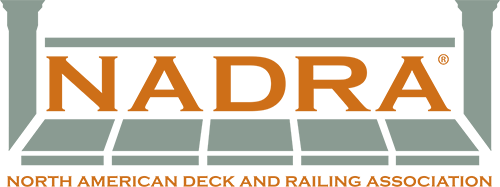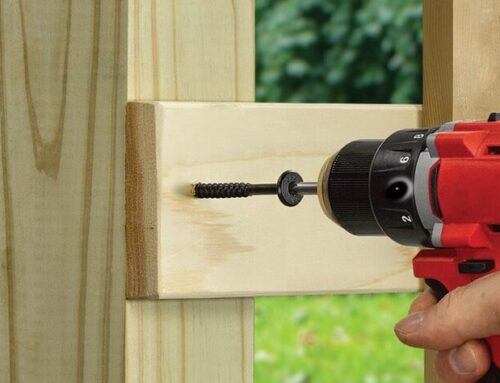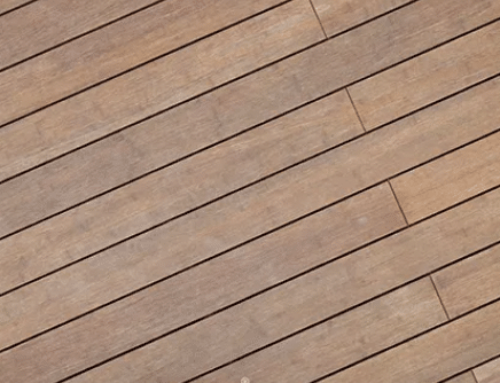Choosing the correct wood for your outdoor project, by: Lonza Wood Protection
This past year the wood preserving industry took a bold stance on quality when the American Wood Protection Association (AWPA) voted to require higher amounts of preservative for wood used in many applications. The AWPA, an organization comprised of individuals from all facets of the wood protection industry that sets standards for wood preservation and treated wood, updated its standards to require wood treated to Ground Contact retentions be used in many physically above-ground applications, including when:
- soil or other debris may build up and stay in contact with the wood
- insufficient ventilation does not allow air circulation around wood
- material is installed <6 inches above the ground on permeable building materials
- material is installed in contact with non-durable untreated or older construction with evidence of decay
- wood is subject to frequent or recurring wetting
- located in tropical climates
- the wood is both:
— difficult to maintain, repair or replace and
— critical to the performance and safety of the entire system
Building codes require that preserved wood comply with these standards and the installer must decide if these conditions are present, select, and install the correct material for the project. The wood preserving industry and many retailers have helped implement these standards by switching inventories of lumber in sizes commonly used for structural parts of decks to Ground Contact retentions. Some retailers have switched all lumber, including decking and railing, to Ground Contact retentions. These changes benefit builders and consumers by removing the guesswork from the decision process. Buyers can focus on their project rather than deciding if they need to purchase Ground Contact wood.
“It is important,” says, Jay Hilsenbeck, chemist and residential product specialist from Lonza Wood Protection, “to educate builders, contractors, and DIYers so they know what wood to choose for their project. During Deck Safety Month® we focus on deck inspections, but we should also focus on quality and proper construction practices before construction begins. The builder should consider the deck surroundings. For a deck built close to the ground, for example, Ground Contact retentions would be required under the new AWPA guidelines.”
The contractor should also consider what parts of the deck (joists, beams, ledger boards, posts) are important to sustain the structure and are more expensive or time-consuming to repair after the project is complete. The contractor and homeowner should work together to discuss the environmental conditions such as if the deck will be subject to constant wetting from a pool or sprinklers or if there will be debris build-up.
With that knowledge, contractors and homeowners can have peace-of-mind that they have chosen the appropriate preserved wood for the project. Contractors can offer their clients the confidence that they are providing a durable outdoor living space for their homeowner clients to enjoy for many years.
Each May, during Deck Safety Month®, homeowners can focus on evaluating the items in the deck safety checklist, knowing their deck was built using the right preserved wood.





